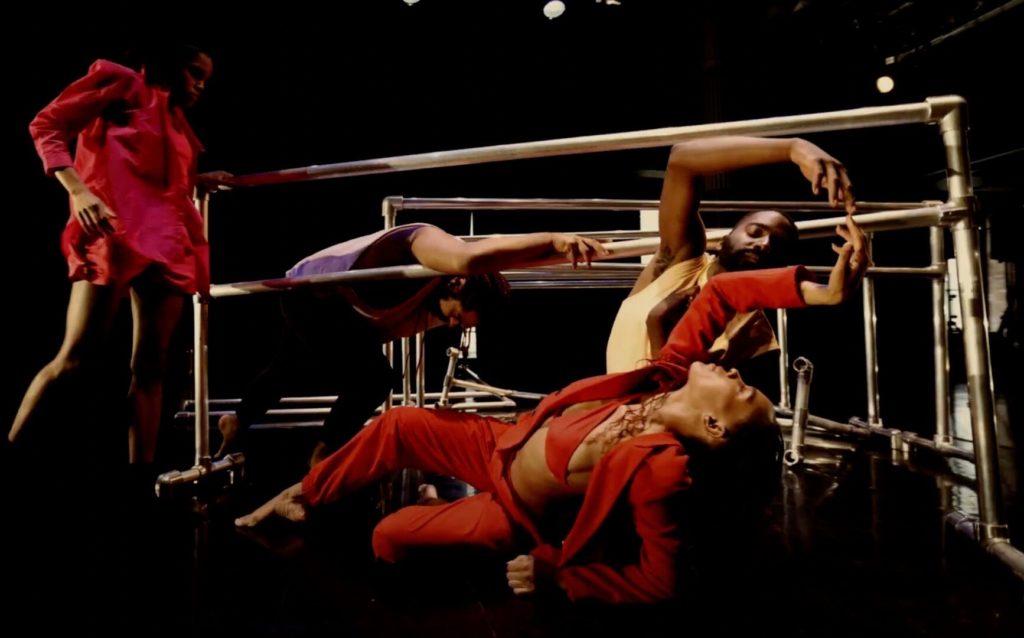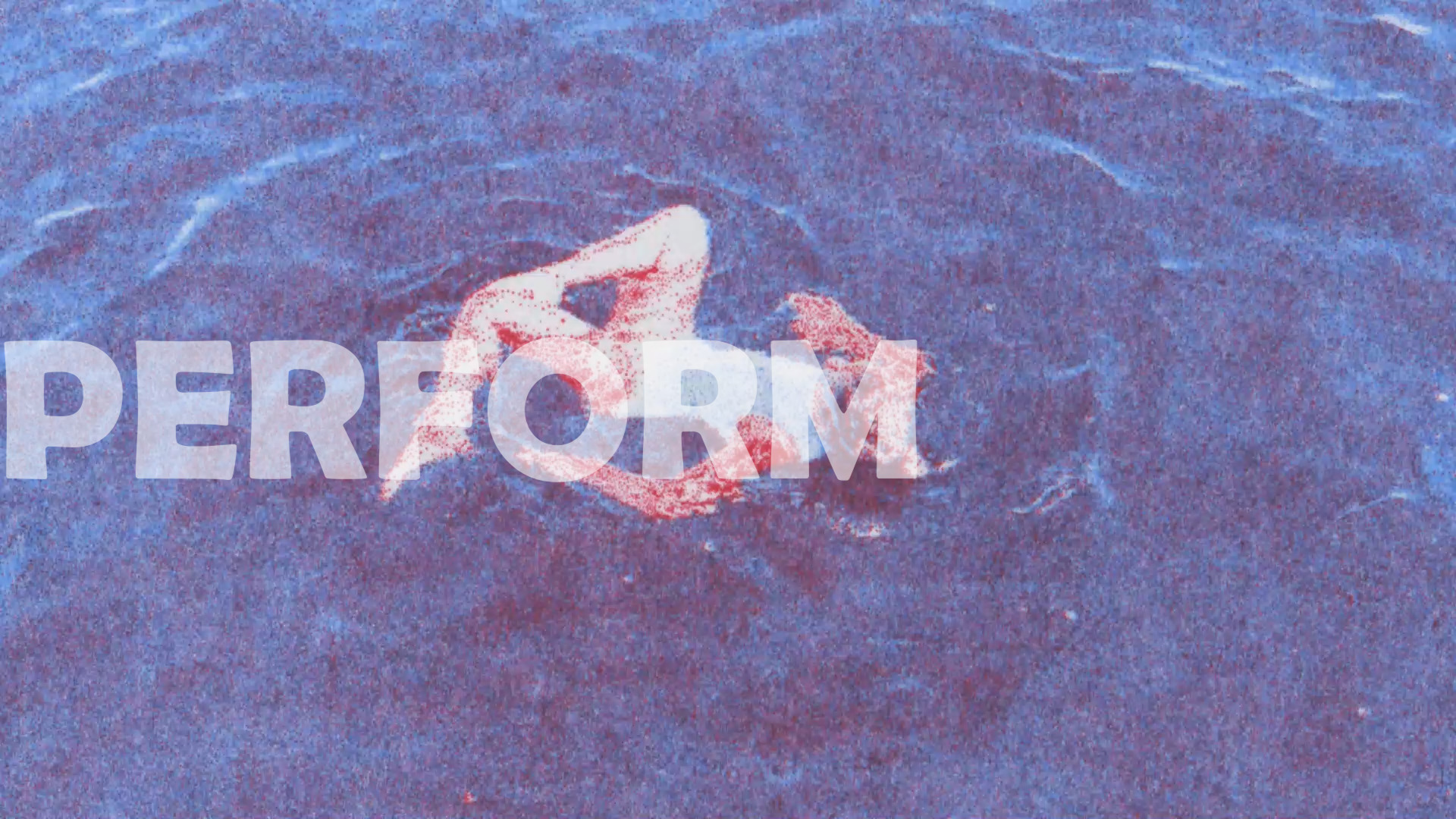Conducted by Maxine Flasher-Düzgünes.
Last month I shared a conversation with Rana San, Co-Director of Cadence Video Poetry Festival, an annual film festival based in Seattle, Washington that is dedicated to screening works combining text and moving image. Rana identifies as a poet, filmmaker, and dance artist, and is currently working with the company, Anadolu Turkish Folk Dancers, performing the traditional dances of Türkiye throughout the Pacific Northwest region including at Northwest Folklife and Turkfest. She shares what it means to come from many places, whether continents or artistic languages, and where she places herself along that lifeline in the desire to be heard, through the body, the screen, and the word.
Maxine: What artistic medium did you start with and where did it take you?
Rana: I started training in ballet when I was three, in both the US and in Türkiye at that time, because I was moving back and forth with my family. And then went on to do tap and jazz and eventually, I focused on flamenco and studied that for ten years. I was also teaching flamenco while I was living in Istanbul for a while. So that was one of my most focused eras, around dance.
During those times, I was always writing. But I never thought of my writing as something that I would ever share. I had kept a journal since I was a child, kept dream journals, always carried a notebook with me everywhere I went. But a lot of it was intended for my own sort of processing and my own way of surviving the world in moments.
Parallel to that I had been studying Turkish folk dancing for a while, and I actually grew up watching my parents dance and perform at cultural festivals in town. They formed a local folk dance group in 1980 in Seattle, and we’re still active. So when I started folk dancing – I think it was in 2001 – I already knew the dances, I would hear the music, and I knew what I was supposed to do, because I had grown up around it. So that came naturally to me in a way that I hadn’t really known or anticipated, it was something I didn’t have to try very hard to do, it just was there. I would say dance is where I got my bearings and found a lot of my voice.

And then my writing started to emerge alongside my photography. I don’t like the word amateur, but I was a photographer who was taking photographs because they meant something to me. And again, maybe not intending to share them out with the world. But at some point, I was invited to do a photography exhibition. And I decided to pair my writings with the photographs that I was going to exhibit. That was my first moment of joining these two mediums, that felt really personal to me. And that whole exhibition felt incredibly vulnerable to display these photographs alongside personal writing that I had done. That was also probably around the time that I actually started identifying as an artist.
And then photography sort of led to film. And the possibilities that film presented were just too good to pass up. It was, and still is, really a vessel I feel that contains all of the different ways that I want to communicate, it can hold everything, it’s a little bit of a journey.
Maxine: How did Cadence Video Poetry Festival begin?

Rana: Chelsea Werner-Jatzke and I started Cadence Video Poetry Festival in 2018 and at the time, I had just started working at this arthouse cinema, Northwest Film Forum. I was a community programmer, it was a new position. And I had started in this role with the intention to develop programming directly in collaboration with community and to really understand and listen to what the needs were for space, for resources, and how the Forum could that meet those needs and could be a stage and a screen for other groups in our community who maybe didn’t have access to a physical space that was affordable.
I remember being out with Chelsea one day, and she was like, ‘I made this thing. It’s a poem, but I made it as a film. And I sent it to this place in Argentina that has a festival for it. But I was thinking, I don’t think there’s anything like that here. And there must be other people doing this, right? Like, what if we tried something?’ And so the idea kind of emerged from there. And we thought, alright, let’s start a video poetry festival, and see what happens.
Maxine: What is the value you see in video poetry?
Rana: That was the beginning of it, there was something that had been created by Chelsea that she was looking for where it belonged in the world. And for me, I was already living in this in-between space of what happens when you put film and dance together and what happens when you put photography and literature together. And so video poetry became just another space for the two mediums to coexist for me, and it encapsulated so many things about the creative process that I value, in terms of its accessibility, for creators. Give anyone a poem and ask them to make a film featuring it and everyone will make something different.
That sort of endless possibility was and is incredibly appealing, that it doesn’t have to just live on the page. It doesn’t have to just exist in a book, or it won’t only be experienced at a reading. It’s something that has a much farther reach. And it can touch audiences in different ways, as well as just be an accessible medium for creatives to make new work.
Maxine: How often are video poems accepted into museums or gallery spaces? Do you think there’s a future for them there?
Rana: I’ve been seeing a really big shift in museum programming towards media art. And if the exhibition isn’t exclusively media art, I’ve been seeing it incorporated into visual art spaces and in and among visual art pieces, more and more. And it could be that we have a high contingency of filmmakers in the Seattle area. We’re also a UNESCO City of Literature. So it makes sense that those things come together and create the space where there’s a lot of interest in where film meets poetry meets other mediums.
I co-curated a show at Bumbershoot last year, which was its 50th anniversary. And this exhibition featured 60 contemporary artists working out of the Pacific Northwest whose work spanned a lot of different mediums, but a really solid portion of them were media artists. And so we just had a ton of monitors installed for people to experience these visual artworks. They just happened to be moving images instead of still.
Cadence has hosted a satellite screening of video poetry at Frye Art Museum for two consecutive years now, each one inspired thematically by their current exhibitions. In past years Cadence also exhibited at Seattle Art Museum and MoPOP. These partnerships are an amazing opportunity for video poetry to be encountered in different spaces.
I have hope as a filmmaker, as someone working in this arena creatively and also championing the work of media makers, I definitely want to see more opportunities in institutions that, historically, perhaps have been more geared towards visual still pieces.
Maxine: How has being a cross-continental creator shaped your work?
Rana: It’s totally inseparable, like, I am inseparable from that reality. And I’m sure there’s a connection between my interest in these meeting points of different things, like in what happens when you bring poetry off the page and put it into a moving image form, that creates a completely different entity, something that could not have existed if one was without the other. And I think it has a lot to do with my upbringing, being of multiple places: belonging here and belonging there, but also like really not fully belonging to either.
I was at a reading recently where an artist was talking about diasporic grief. And that resonated really deeply with me, because what they were saying was that this grief holds this desire to be in two or more timelines at once. It holds this longing to be close to family. And for me, I’m always missing someone, you know, family is always there. And when I’m there, family is always here. So my creative pursuits are also trying to find the language, whether that’s the words or the embodied movements, but find a language for where those identities intersect, and what it means for them to coexist, what it means for them to be together in one body. And that is a really universal experience.
So many of us are from one place and existing in another, whether physically or spiritually, or however that looks for each of us. So I think I’m really drawn to the universality of that notion and those feelings of being in-between.
~
To learn more about Rana, visit her website at: https://ranasan.art
